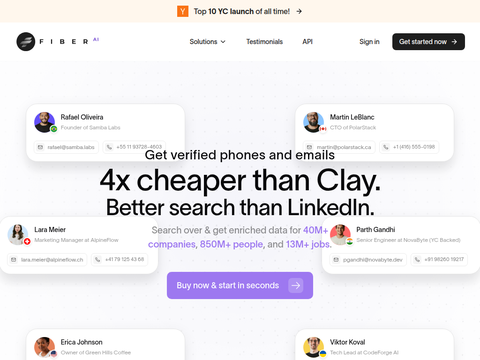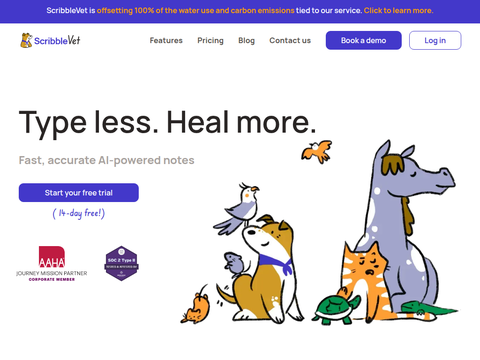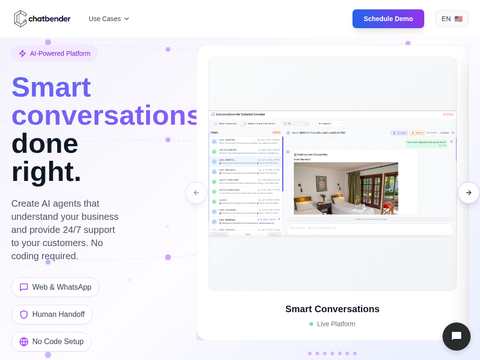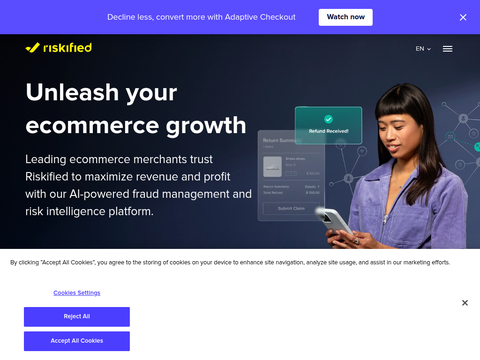As the holiday shopping season approaches, both OpenAI and Perplexity unveiled new AI-powered shopping features this week, integrating them into their existing chatbots to help users research potential purchases.
These tools are strikingly similar. OpenAI suggests users can ask ChatGPT to find “a new laptop under $1,000 with a screen larger than 15 inches, ideal for gaming,” or upload photos of high-end clothing and request cheaper alternatives with a similar look.
Meanwhile, Perplexity highlights how its chatbot’s memory capabilities enhance shopping-related searches, enabling personalized recommendations based on previously shared context—such as a user’s location or occupation.
Adobe forecasts that AI-assisted online shopping will surge by 520% this holiday season—a trend that could benefit AI shopping startups like Phia, Cherry, or Deft. Yet, as OpenAI and Perplexity deepen their push into AI-driven commerce, do these smaller players now face existential threats?
Zach Hudson, CEO of Onton—an AI-powered interior design shopping tool—believes niche-focused AI shopping startups can still deliver superior experiences compared to general-purpose assistants like ChatGPT and Perplexity.
“The quality of any model or knowledge graph depends entirely on its data sources,” Hudson told TechCrunch. “Right now, ChatGPT and LLM-based tools like Perplexity rely on existing search indexes such as Bing or Google. That means they’re only as good as the top few results those indexes return.”
Julie Bornstein, CEO of Daydream and a veteran e-commerce executive, echoes this sentiment. She has long viewed search as fashion’s “forgotten child,” noting it has never worked particularly well in this sector.
“Fashion is uniquely nuanced and emotional—finding a dress you love isn’t the same as buying a TV,” Bornstein explained. “This understanding comes from domain-specific data and product logic that captures silhouettes, fabrics, occasions, and how people style outfits over time.”
AI shopping startups often build proprietary datasets to train their models on higher-quality, curated information—something far more achievable when focusing on categories like fashion or furniture rather than the entirety of human knowledge.
In Onton’s case, Hudson’s team developed a custom data pipeline to systematically catalog hundreds of thousands of interior design products, enabling better model training. But without this level of specialization, Hudson warns, startups risk being overshadowed.
“If you’re just using off-the-shelf LLMs and generic chat interfaces, it’s hard to see how a startup can compete with the big players,” Hudson said.
Still, OpenAI and Perplexity hold significant advantages: their users are already active on their platforms, and their scale allows them to forge partnerships with major retailers from the outset. While companies like Daydream and Phia redirect users to retailer sites to complete purchases—sometimes earning affiliate revenue—OpenAI and Perplexity have integrated checkout directly into their interfaces through collaborations with Shopify and PayPal, respectively.
These giants, however, rely on massive—and costly—computing infrastructure and are still searching for sustainable monetization strategies. Following the playbook of Google and Amazon, turning to e-commerce makes sense: retailers could pay to promote their products within AI-generated responses.
Yet this approach may only worsen existing frustrations with search relevance and bias.
“Vertical models—whether in fashion, travel, or home goods—will outperform generalist systems because they’re fine-tuned to real consumer decision-making,” Bornstein concluded.








